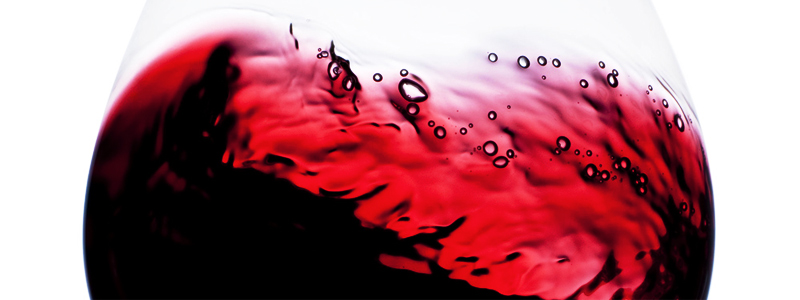Once you’ve looked at the wine in your glass and determined what the color means, the next step in tasting is to swirl and agitate the wine.
Everyone has their own unique technique for swirling wine, and that’s OK. Some people leave the bottom of the wine glass firmly planted on the table and just make a few circles with the base, while others like to pick the wine glass up and slightly flick their wrist, thereby making little circles in the air. Finally, others like to be extremely showy with their swirling, making grandiose motions like they’re getting ready to lasso a steer (we’d suggest avoiding this final type of swirling — it can be seen as obnoxious to your fellow drinkers).
No matter how you swirl the wine, your technique is completing an important next step in the tasting process: getting more oxygen into the wine. Oxygen is a friend and also an enemy of wine— frenemy. In the beginning, oxygen is really great for a wine because as soon as a wine encounters oxygen, it begins to break down, which most people refer to as a wine “opening up.” As the wine opens, it gives off its aromas and also softens, which is good. But if you let a wine sit in a glass exposed to oxygen for too long, say overnight, the oxygen will fully oxidize the wine, ruining it and leaving it with an unpleasant taste that can be flat and even bitter.
If you want to practice swirling, pour some water in a wine glass and try different techniques, swirling the water around for about 5 – 10 seconds. We like using water to practice because it helps avoid stains if you happen to slosh a little wine out of the glass at first. Once you get the hang of this tasting step, you’ll probably find yourself swirling all sorts of beverages out of habit!
Now that you’re an expert at swirling wine, it’s time to learn how to smell it.
